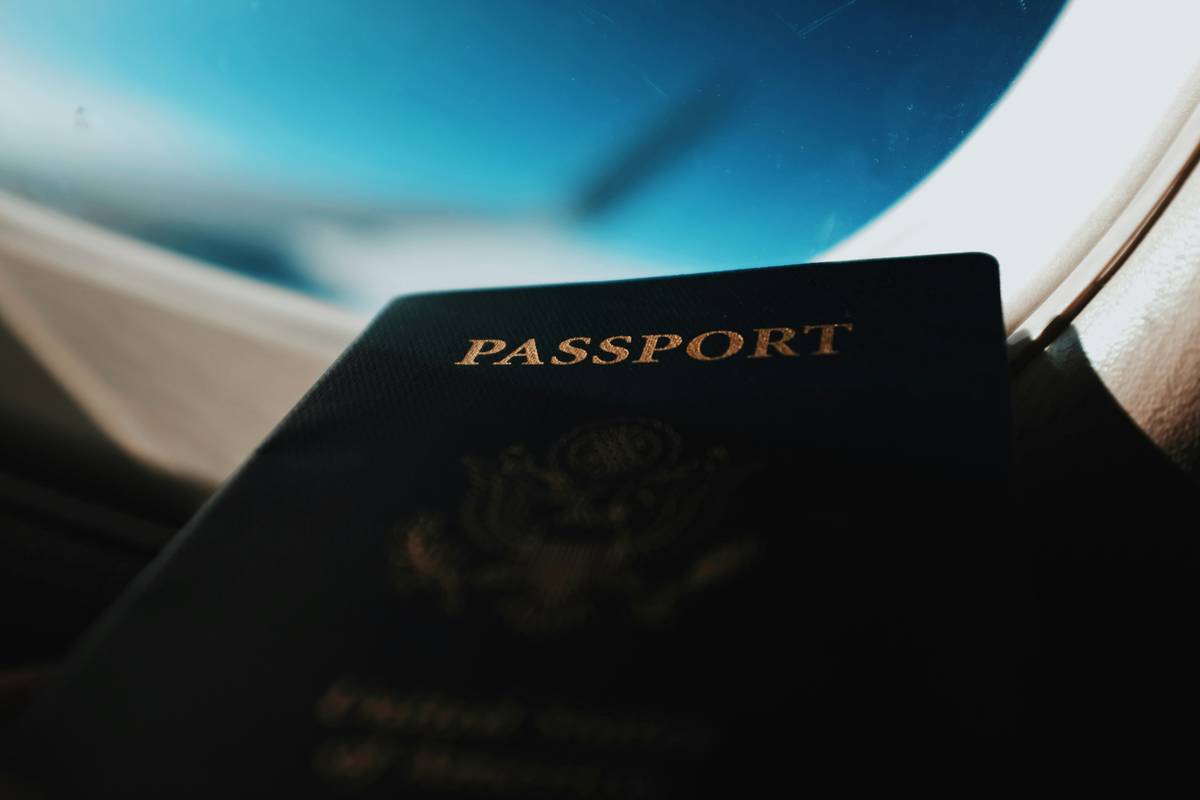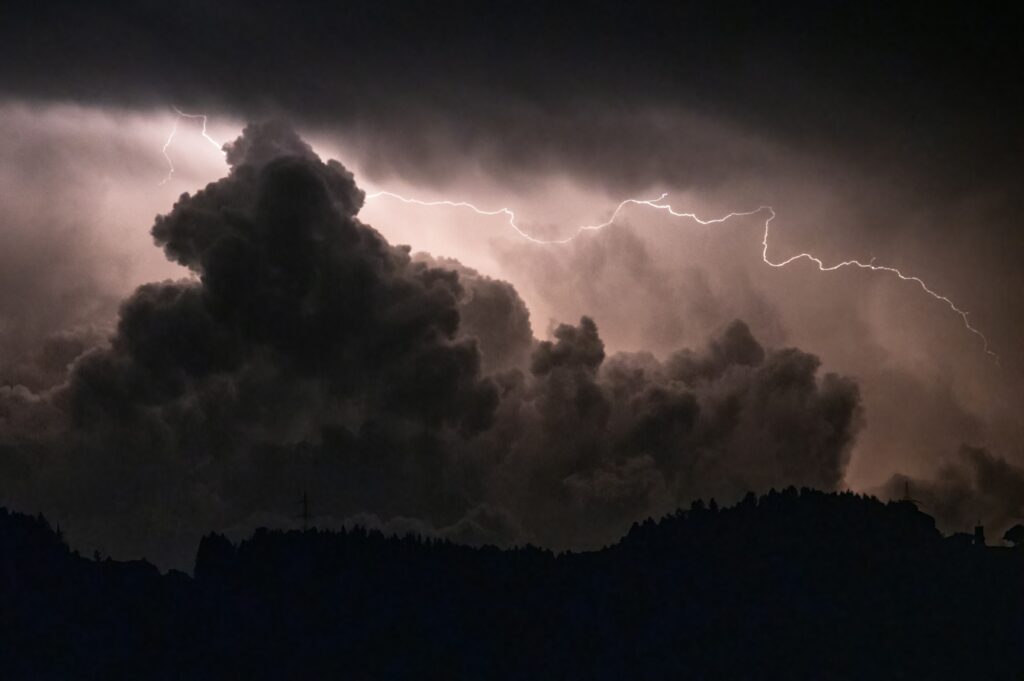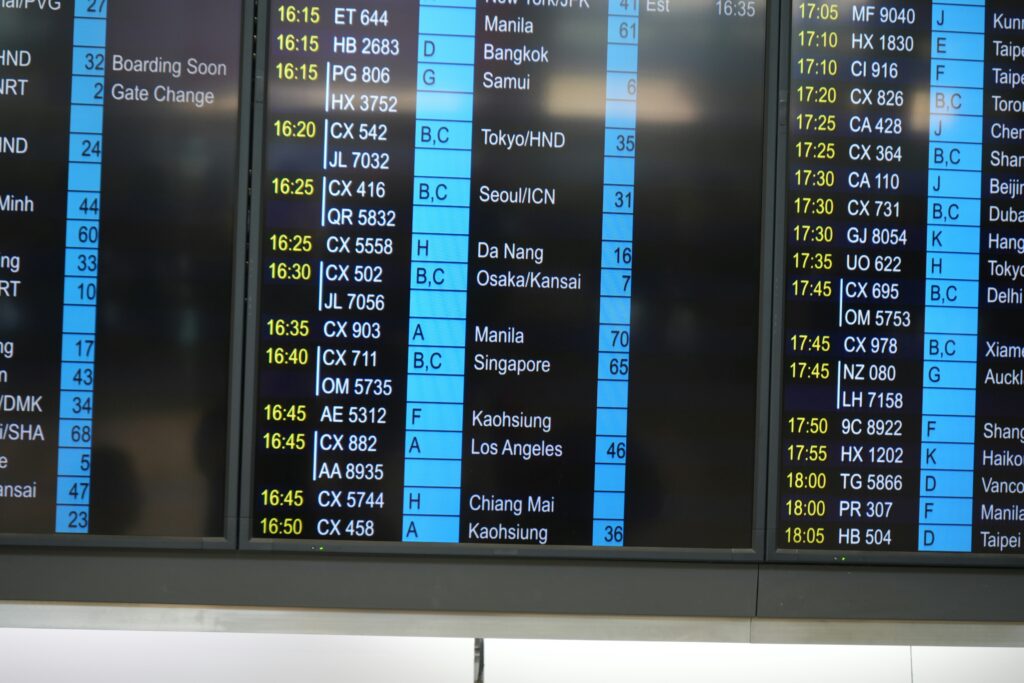Ever been stranded at an airport because your flight was canceled due to a freak snowstorm? You’re not alone. Thousands of travelers face unexpected delays and cancellations every year thanks to unpredictable weather patterns. And let me tell you—watching your dream vacation crumble into chaos feels like watching your coffee spill all over your laptop keyboard (whirrrr, sound familiar?). But here’s the good news: travel delay insurance might just save the day.
In this article, we’ll break down everything you need to know about dealing with “flight cancellation due to weather” woes while arming yourself with smart strategies for using travel delay insurance. By the end of this post, you’ll understand what causes these disruptions, how to protect yourself financially, and why travel delay insurance is truly chef’s kiss in these situations.
You’ll learn:
- How bad weather impacts flights globally.
- A step-by-step guide on choosing the right insurance plan.
- Tips for maximizing payouts when things go wrong.
- Real-life examples where preparation paid off big time.
Table of Contents
- Why Bad Weather Ruins Plans (And What You Can Do)
- Step-by-Step Guide to Selecting Travel Delay Insurance
- Pro Tips for Navigating Flight Disruptions Like a Pro
- Case Studies: When Insurance Saved Vacation Dreams
- Frequently Asked Questions About Travel Delay Insurance
Key Takeaways
- Weather-related flight cancellations are more common than you think—and costly if uninsured.
- Travel delay insurance can cover expenses like accommodation, meals, and rebooking fees.
- Choosing the right policy involves understanding coverage limits and exclusions.
- Proactive documentation during disruptions makes claiming smoother.
Why Bad Weather Ruins Plans (And What You Can Do)
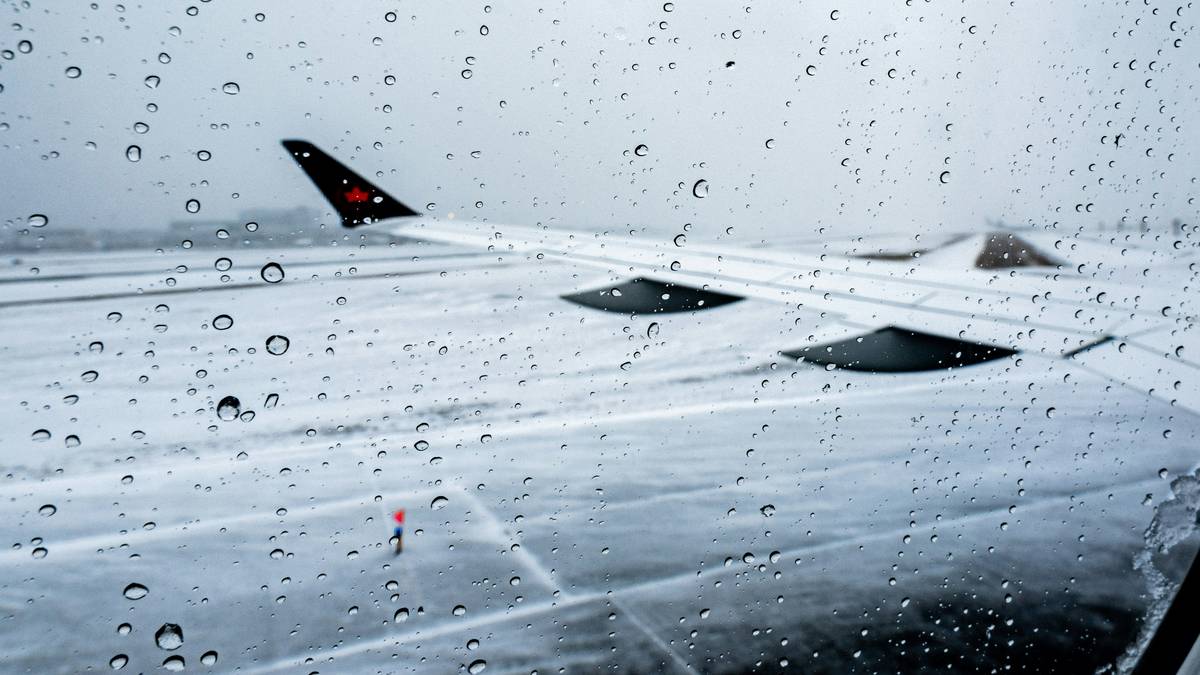
Let’s get real for a second. Bad weather isn’t just an inconvenience—it’s a legitimate disruptor of air travel worldwide. According to recent data from the Federal Aviation Administration (FAA), approximately 70% of flight delays and cancellations in the U.S. alone are attributed to adverse weather conditions. That could mean anything from blizzards grounding planes in Chicago to tropical storms rerouting Caribbean-bound flights.
Here’s where I confess one of my biggest travel fails: I once ignored buying travel insurance before a ski trip to Aspen. Guess what happened? A winter storm rolled in, my connecting flight got canceled, and I ended up shelling out $400 for last-minute hotel rooms and food while waiting two days for the next available flight. Lesson learned, folks—a little investment upfront saves you massive headaches later.
Step-by-Step Guide to Selecting Travel Delay Insurance
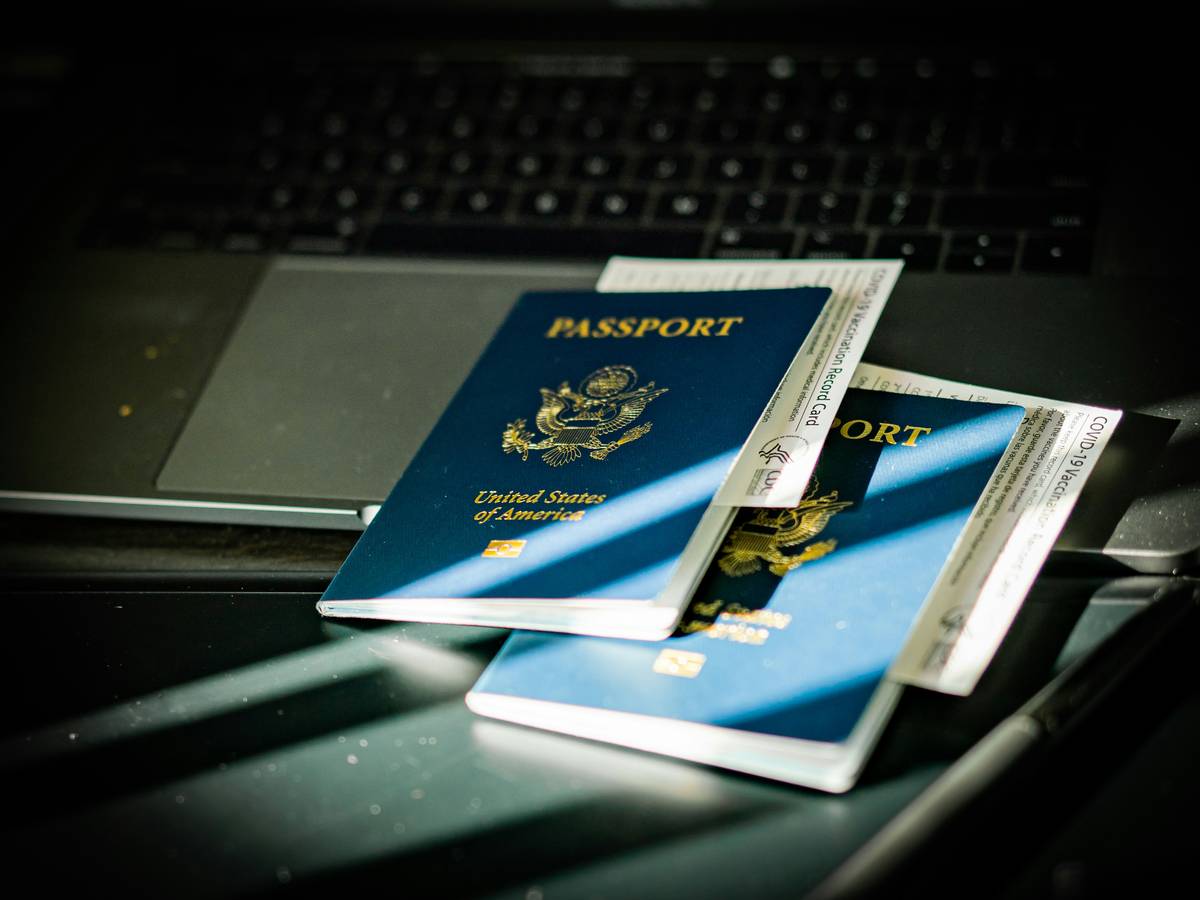
Optimist You: “There must be a perfect plan out there that covers everything!”
Grumpy Me: “Yeah, sure—if you’ve got hours to read tiny print and decipher jargon.”
Luckily, I’m here to simplify it for you. Here’s a no-nonsense roadmap to finding the best travel delay insurance:
Step 1: Assess Your Needs
Ask yourself:
– Are you flying internationally or domestically?
– How long will your trip last?
– Do you have any pre-paid bookings (hotels, tours) that aren’t refundable?
The answers will help narrow down suitable policies.
Step 2: Compare Coverage Options
Different insurers offer varying levels of protection. Look specifically for:
– Trip interruption benefits (e.g., reimbursing non-refundable costs).
– Daily allowances for meals and lodging during delays.
– Emergency medical coverage (just in case).
Step 3: Check Exclusions Carefully
Terrible Tip Alert: Don’t skip reading the fine print! Some policies won’t pay out unless delays exceed 6+ hours—and even then, they may cap reimbursements. Double-check exclusions related to natural disasters and pandemics.
Pro Tips for Navigating Flight Disruptions Like a Pro
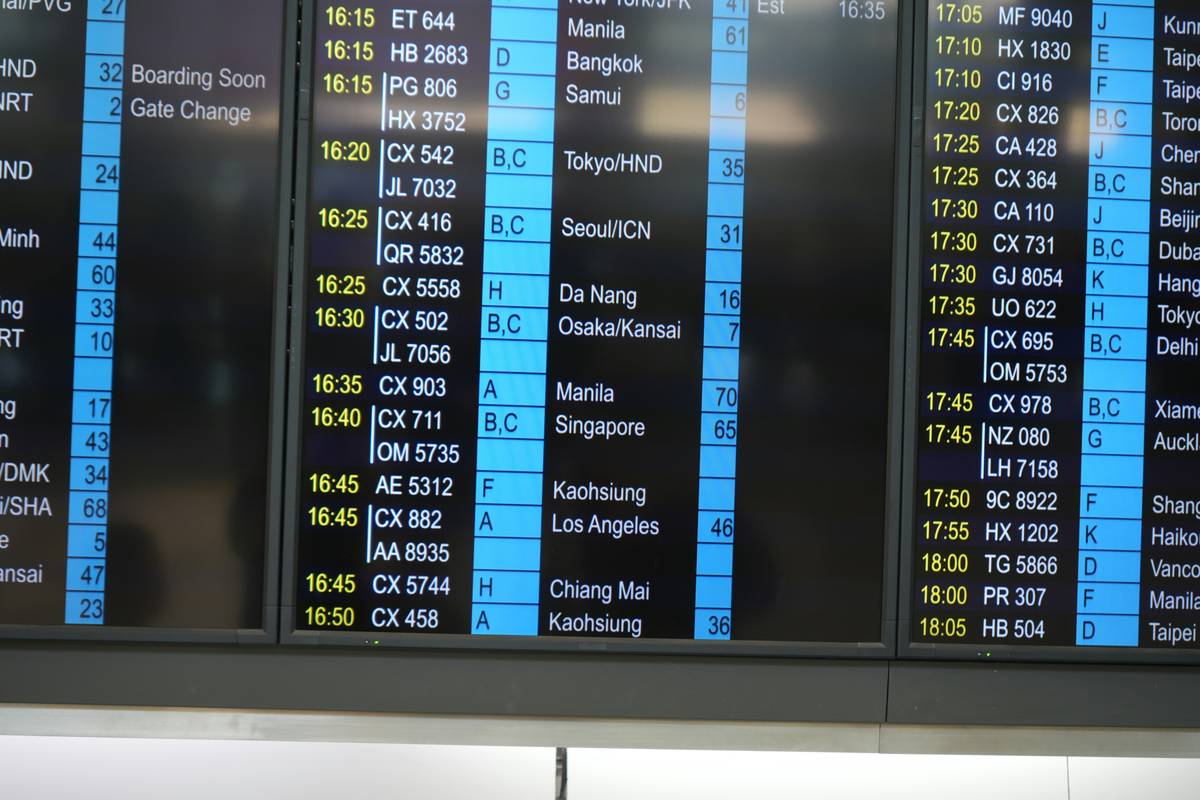
- Stay Informed: Sign up for airline alerts and apps tracking live updates. Knowledge = power!
- Prioritize Documentation: Keep receipts for all additional expenses incurred during delays—they’re gold when filing claims.
- Contact Your Insurer ASAP: The sooner you notify them, the easier the process becomes.
- Know Your Rights: Under EU law (Regulation 261/2004), passengers affected by extreme delays may qualify for compensation.
Case Studies: When Insurance Saved Vacation Dreams
Meet Sarah, who booked a family vacation to Bali. Her layover in Hong Kong turned into a three-day nightmare when Typhoon Mangkhut hit. Thanks to her robust travel delay insurance, Sarah received full reimbursement for extra nights at a luxury hotel and meal vouchers totaling over $800. No stress, zero debt.
Frequently Asked Questions About Travel Delay Insurance
Q: Does Travel Delay Insurance Only Cover Bad Weather?
Nope! While bad weather is a major trigger, plans often include coverage for strikes, volcanic eruptions, and other unforeseen incidents.
Q: Can I Claim If My Layover Gets Cancelled?
Absolutely. As long as the delay meets your policy’s minimum threshold (e.g., 5+ hours), you’re likely eligible.
Q: Is It Worth It For Short Trips?
If those trips involve pricey reservations, definitely yes. Peace of mind is priceless.
Conclusion
Battling flight cancellations due to weather doesn’t have to feel like navigating a maze blindfolded. Armed with the right knowledge and a solid travel delay insurance plan, you can turn potential disasters into minor inconveniences. Remember, investing in protection now means saving both money and sanity later.
To recap:
– Understand the impact of bad weather on flights.
– Choose a policy tailored to your needs.
– Leverage pro tips to maximize your benefits.
Lost luggage? Late flights? Rainy days ruin plans. Insurance fixes stuff.
P.S. Treat your preparations like feeding a Tamagotchi—consistency wins!
